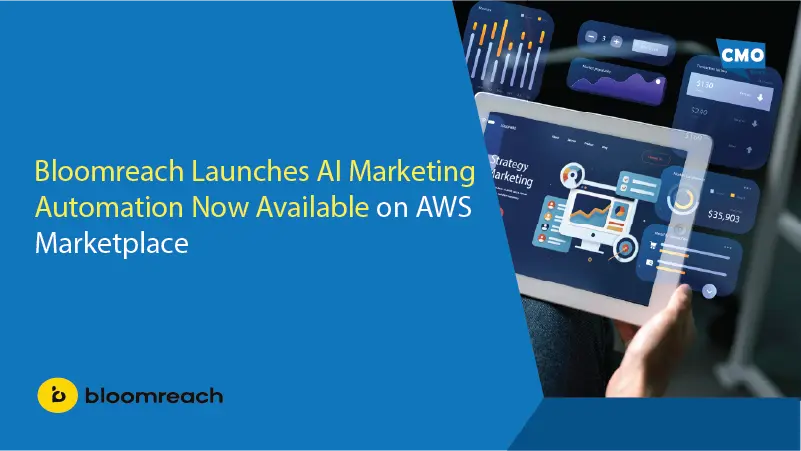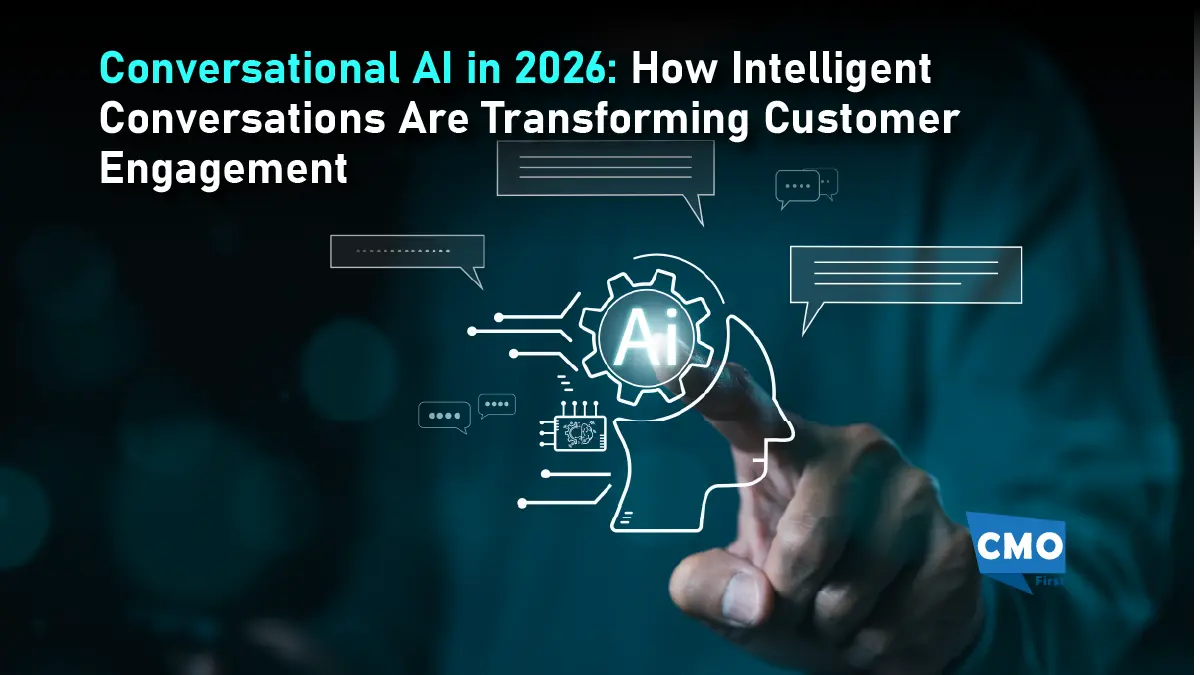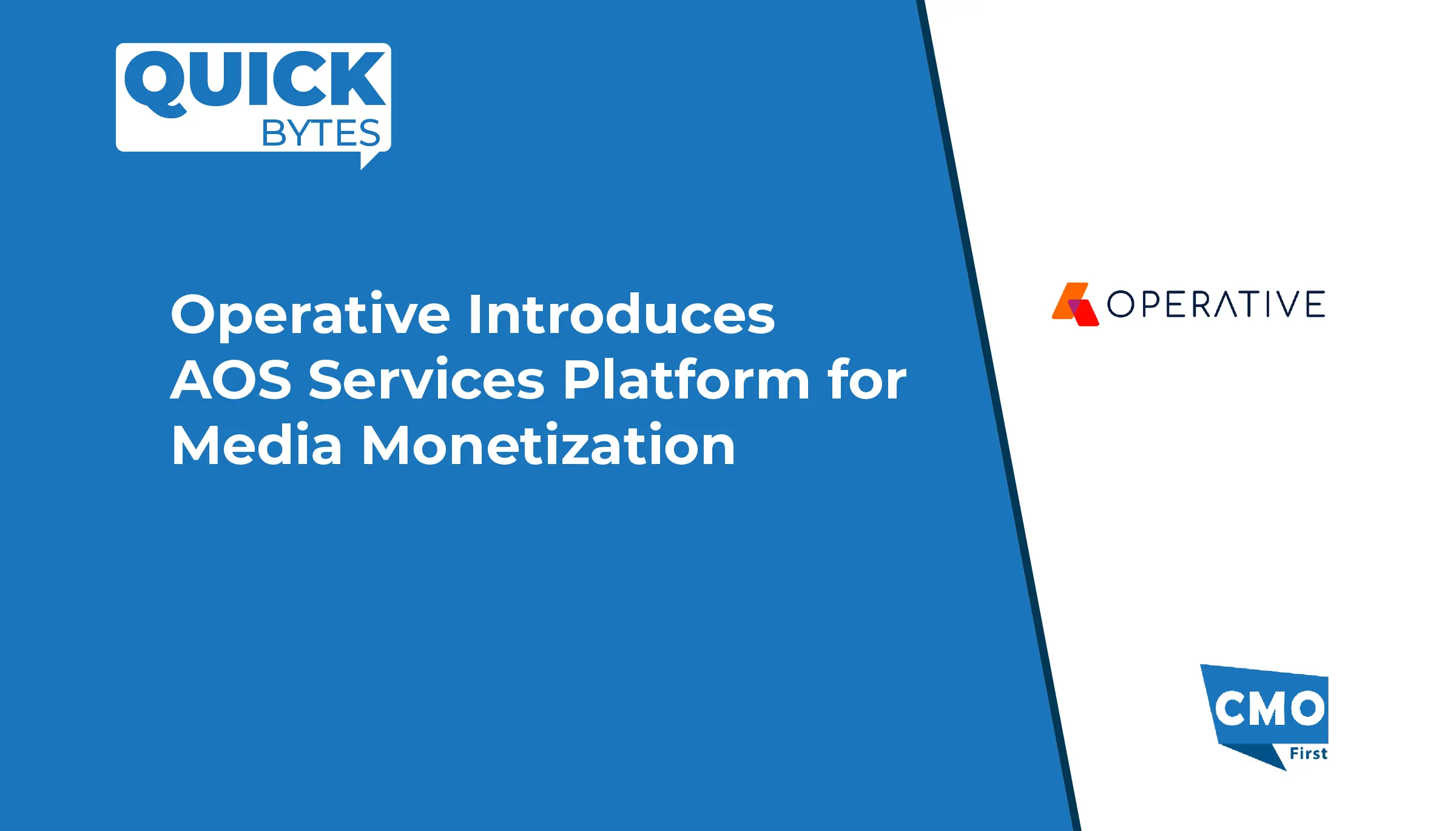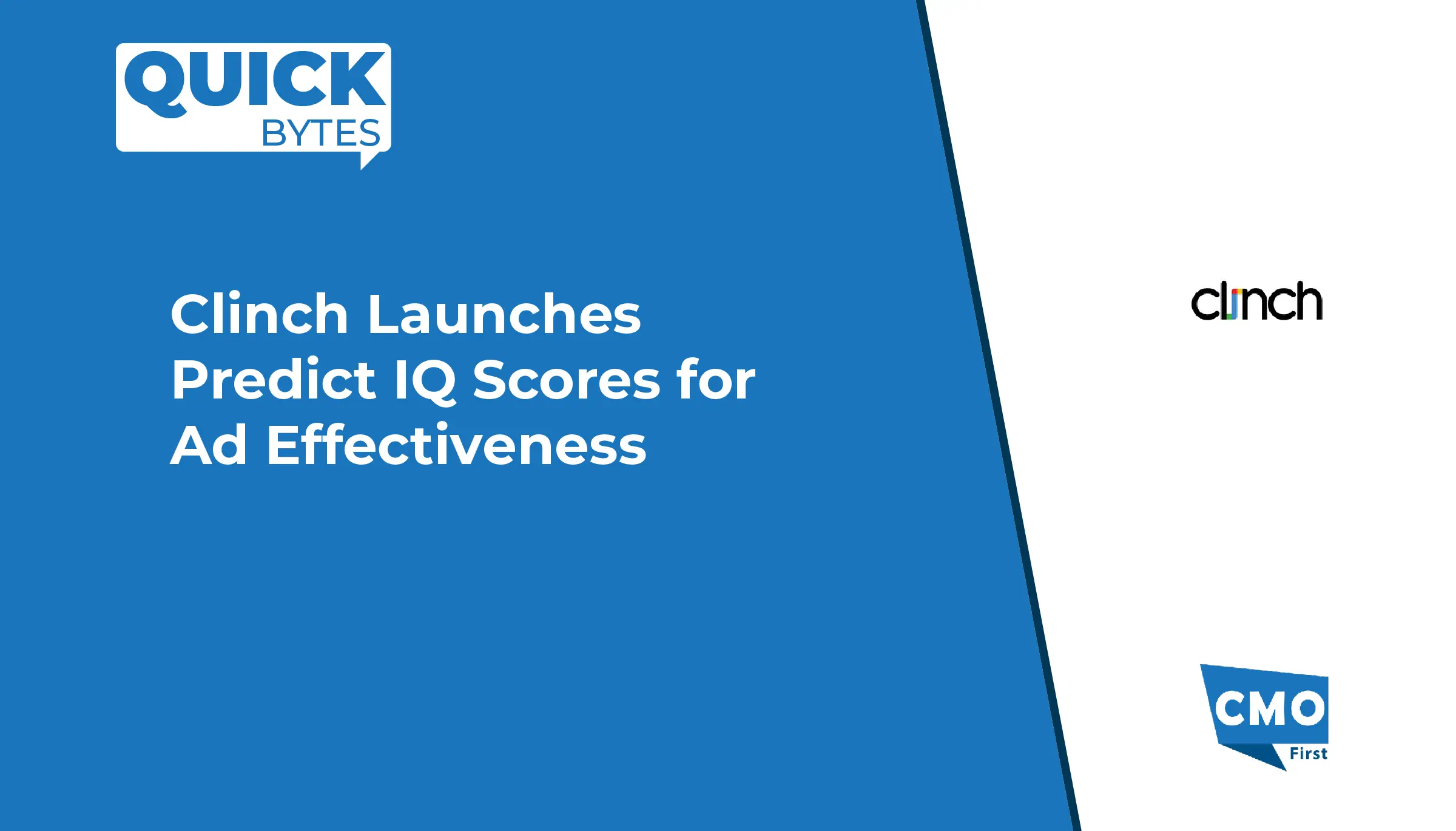Manta, the leader in data lineage and metadata management, now offers Manta SaaS, giving customers the flexibility to take advantage of its best-in-class code-level data lineage in a hosted cloud environment. With Release 42 of its platform, Manta has innovated to meet evolving customer needs — from on-prem and cloud options and intuitive automation to enhanced customization and greater value for both data engineers and architects as well as analysts and business users.
Poor data quality costs businesses an average of $12.9 million annually, according to Gartner. Data lineage prevents bad data from creating long-term issues by tracking and identifying where data changes and flows may encounter problems. Release 42 goes a step further to create a simpler user experience, enhancing automated processes and intelligence capabilities for better workflows and prescriptive capabilities. At the same time, the update increases the number of technologies for which the platform provides code-level scanning, including Databricks.
Manta SaaS: Cloud flexibility with full functionality
Customers can now choose between an on-premises Manta experience to the new Manta SaaS if preferred, deploying the same robust platform in a fully hosted cloud environment. Manta SaaS also provides greater flexibility, enabling a wider range of businesses to take advantage of Manta’s automated lineage solution where it fits best with their own use cases and requirements, reducing customers’ total costs of ownership.
Also Read: Optimizely Debuts Industry-First Marketing Operating System At Opticon 2023
Intuitive automation & flexible connections
Manta’s Release 42 unlocks new possibilities for organizations to derive greater value from their data lineage with automation-powered intelligence, enhanced connectivity and systems-level visualizations:
- Manta Intelligence:
- Automapping of cross-systems lineage: Recognizes connections between systems within a data landscape and reduces the need for manual stitching of connected assets by data teams.
- Deduced Lineage: Reveals interactions between systems to provide a more complete lineage picture without needing to scan every source.
- Databricks UC scanner: Provides a connection that scans the Databricks environment for enhanced lineage by integrating and analyzing data from various sources. This integration is pivotal for customers aiming to extract advanced, accurate insights and leverage the full spectrum of ML/AI capabilities inherent to Databricks within their environments.
- Application View: Bridges the gap between technical and business users by visualizing top-level applications, systems and integrations to create an overall architectural map. This tool shows what systems are in a repository and how they interact.
These updated features support greater technical and business alignment with a more complete view of data lineage offering insights for all stakeholders.
SOURCE: PRNewswire























Leave a Reply